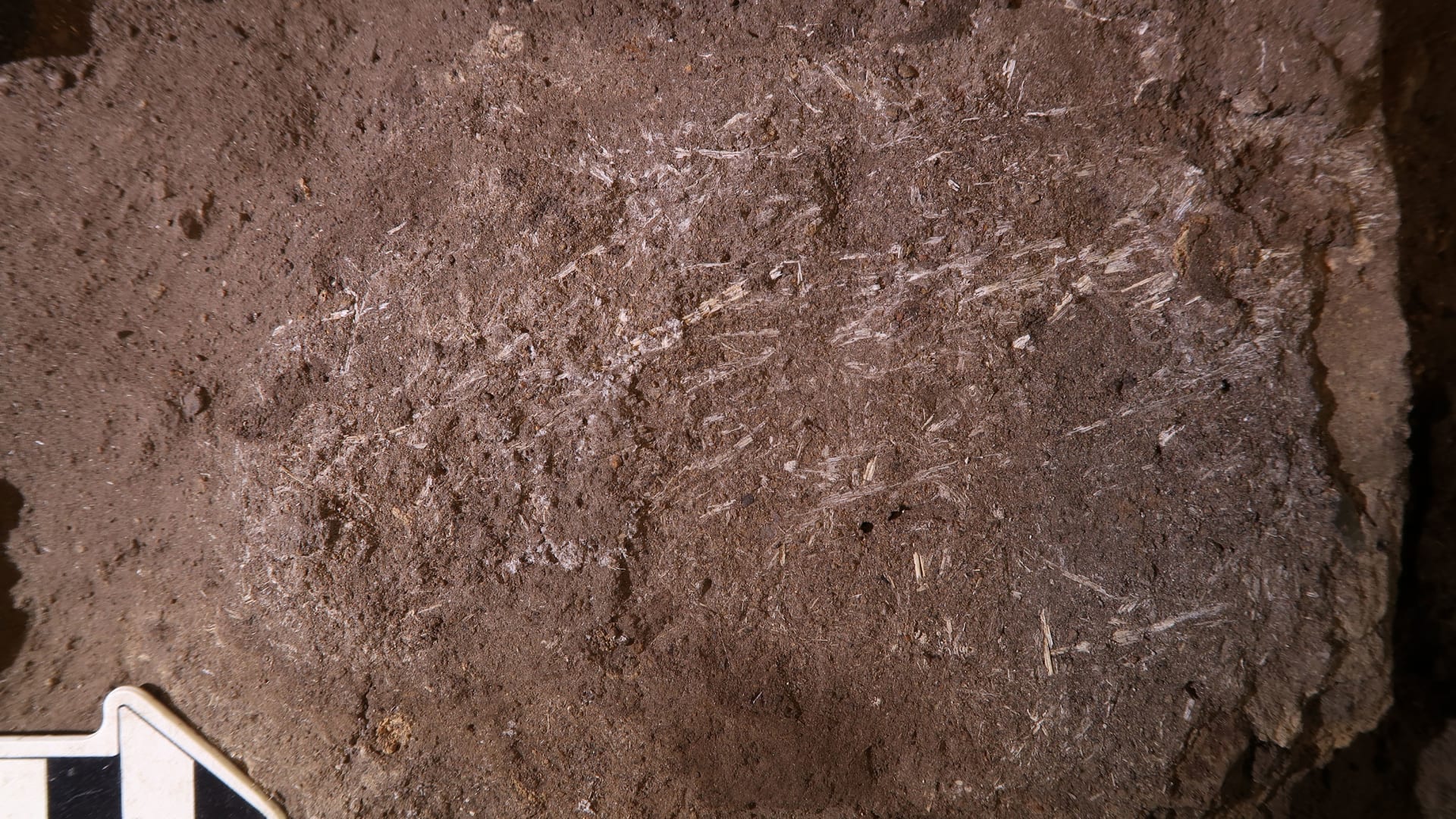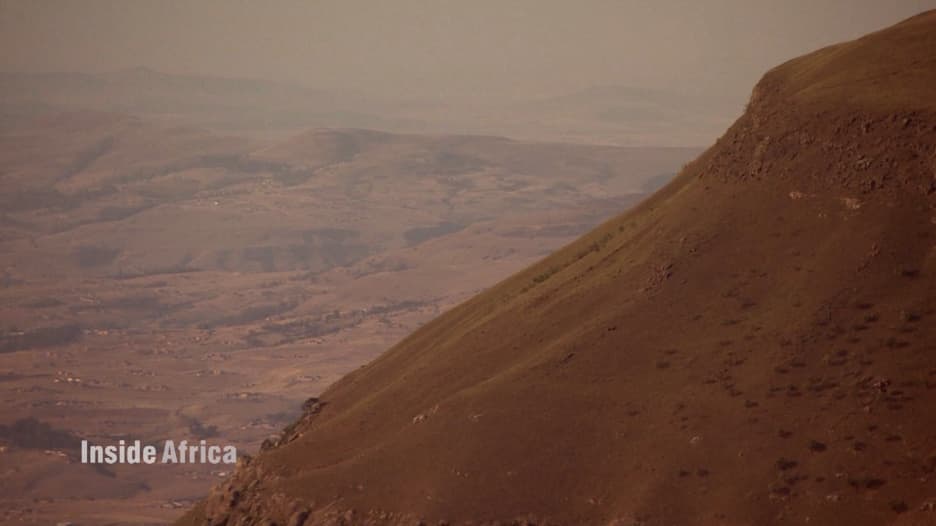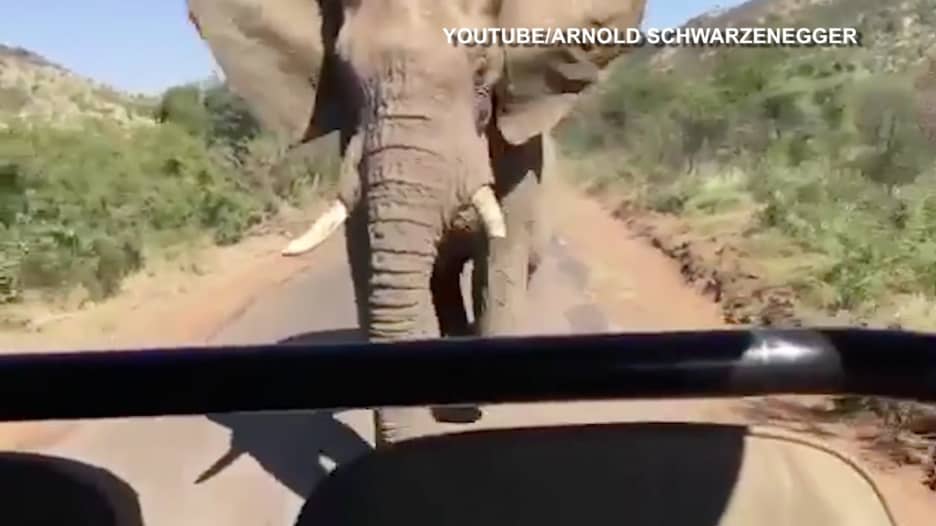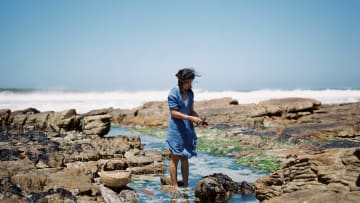دبي، الإمارات العربية المتحدة (CNN)-- لطالما تعامل البشر مع بق الفراش، ولكن، اتضح أن أسلافنا القدماء كانوا يعلمون كيفية التعامل مع الآفات.
وأظهرت دراسة جديدة أن البشر الأوائل تعلموا كيفية السيطرة على النار، وإنشاء أسرة مريحة، إضافةً إلى إبعاد الآفات أيضاً قبل 200 ألف عام.
اكتشف باحثون أسرّة عشبية متحجرة موجودة فوق طبقات من الرماد في كهف "بوردر"، وهو موقع أثري في جنوب أفريقيا.
وفي الداخل، باتجاه الجزء الخلفي من الكهف، وجد الباحثون حزم من عشب "panicoid"، والذي يوجد في المناطق الدافئة.

وتحجر العشب منذ فترة طويلة، ووجد العلماء أن تاريخه يعود إلى 200 ألف عام.
وفي السابق، كان أقدم استخدام معروف للنباتات كفِراش من قبل البشر من العصر الحجري يعود إلى 77 ألف عام.
ونادراً ما يتم حفظ المواد النباتية جيداً في السجل الأحفوري، ما يجعل فهم استخدام أسلافنا للفِراش المصنوع من النباتات أمر يصعب تتبعه مع مرور الوقت.
وتم ترتيب العشب على طبقات من الرماد، ويعمل ذلك كرادع للآفات، لأن الحشرات لا تستطيع الزحف عبر نسيجها الناعم، كما أنها تُجففها، وتمنع تنفسها وعضها.
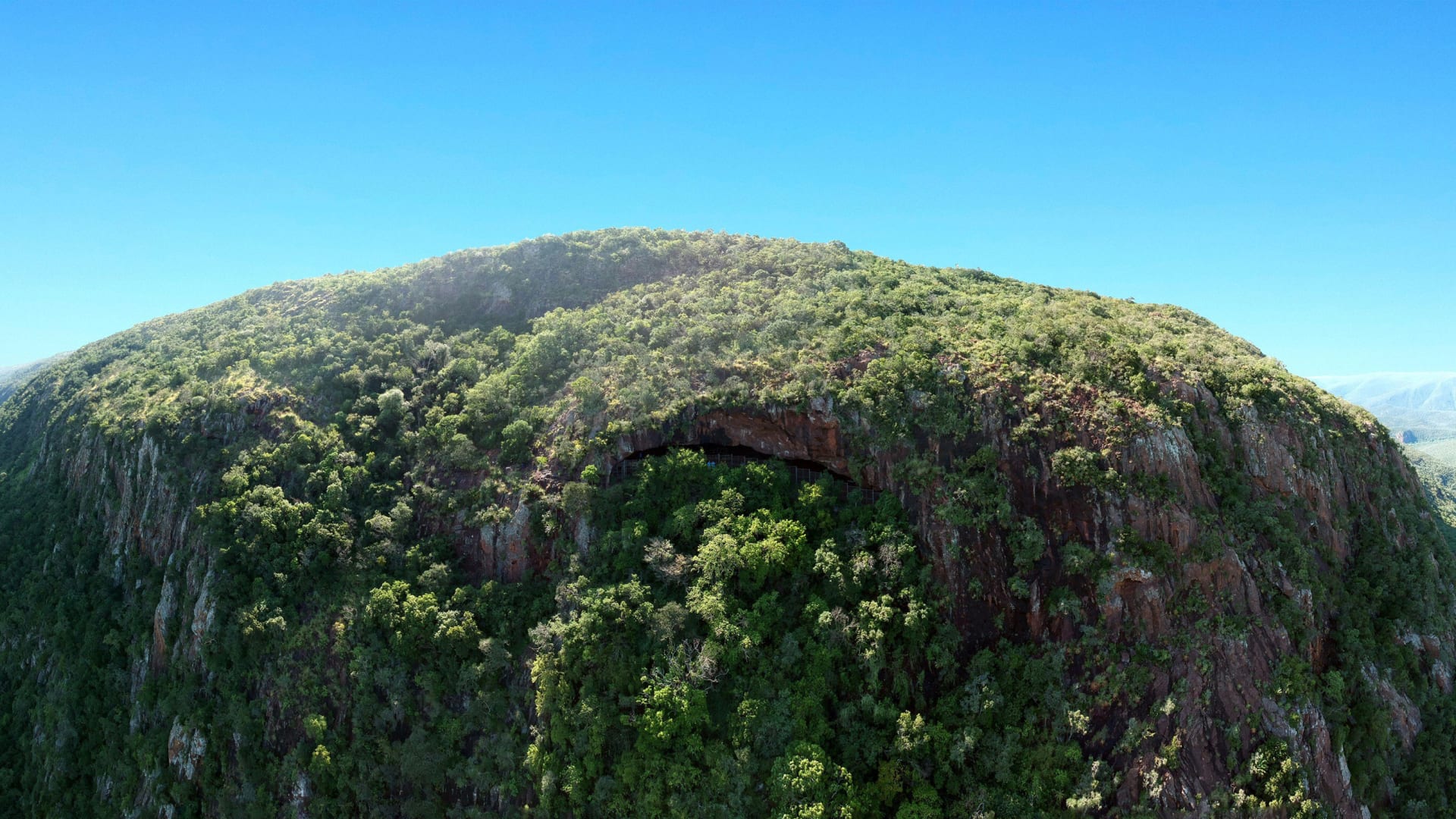
وعثر الباحثون يضاً بقايا من شجيرة "كافور" أيضاً في الأسرّة العشبية للأقدم في الكهف.
ولا تزال هذه النباتات تُستخدم كوسيلة لردع الحشرات في المناطق الريفية في شرق أفريقيا.
ونُشرت الدراسة الأسبوع الماضي في مجلة "Science".
الرماد.. مفتاح الحصول على سرير مريح
وقالت مؤلفة الدراسة والأستاذة الفخرية لعلم الآثار في جامعة "ويتواترسراند" في جوهانسبرج، لين وادلي، عبر البريد الإلكتروني: "نحن نرى سيطرة الأشخاص الاستراتيجية على البيئة من خلال إنشاء النار ومنتجاته عن عمد".
وأضافت: "من خلال استخدام الرماد والنباتات الطبية لردع الحشرات، نحن ندرك أنه كان لديهم بعض المعرفة الدوائية".
ومن المحتمل أن هؤلاء البشر الأوائل عاشوا في مجتمعات الصيد والجمع، ما يعني أن أسلافنا من عصر ما قبل التاريخ كانوا يتنقلون كثيراً.
ولكن، كان من شأن استخدام النار والرماد لتنظيف معسكراتهم السماح لهم بتمديد مدة إقامتهم في الكهف.
وبعد حرق الفِراش القديم، كانوا يجلبون أعشابا جديدة لصنع أسرّة جديدة ونظيفة، حسب ما ذكرته وادلي، وقالت: "بدا الأشخاص وكأنهم فهموا المخاطر الصحية التي تسببها الآفات، وحاولوا القضاء عليها أو إبعادها من معسكراتهم".
واشتمل ذلك الأمر على التخطيط، والكفاءة التكنولوجية، وامتلاك المعرفة عن النباتات، وفقاً لما أشارت إليه وادلي، وأضافت: "في كهف بوردر، وجدنا أيضاً فحم من خشب الكافور المحترق، ومن المحتمل أن الدخان الطبي استُخدم للتخلص من الحشرات الطائرة".
ولم يتم حرق آخر الأسرّة العشبية التي عُثر عليها في الكهف، ما يعني أنه تم التخلي عن الموقع في النهاية.
ولكن، توجد أدلة على استخدام الكهف كمأوى للبشر بشكل متقطع على مدى 230 ألف عام.

